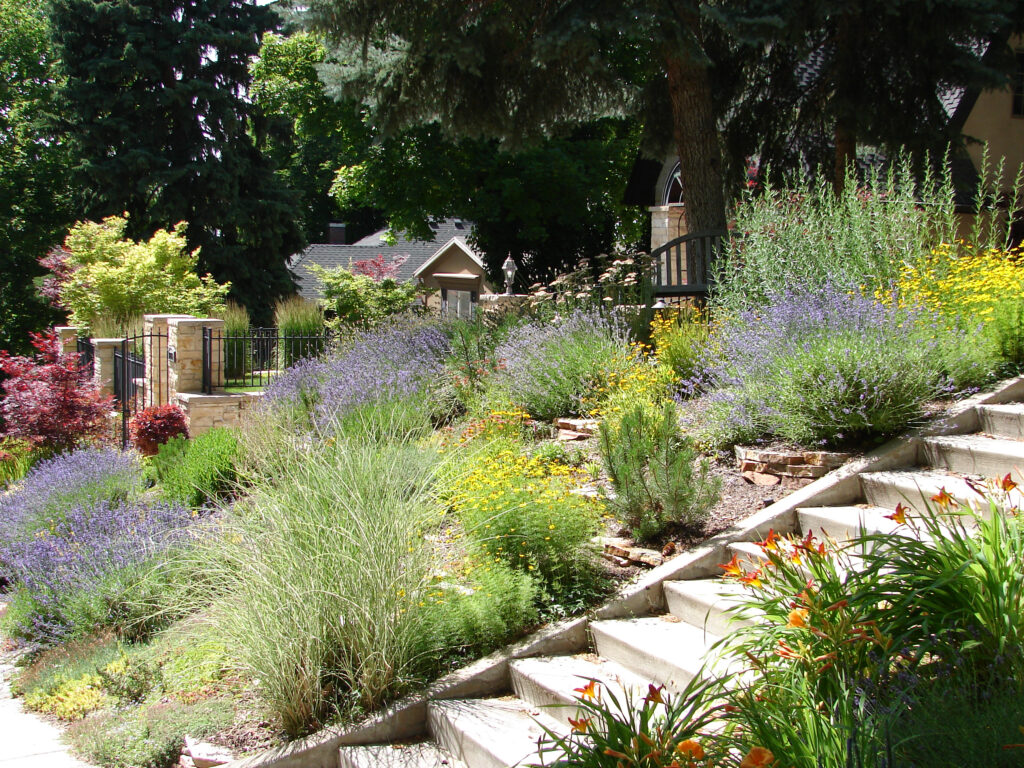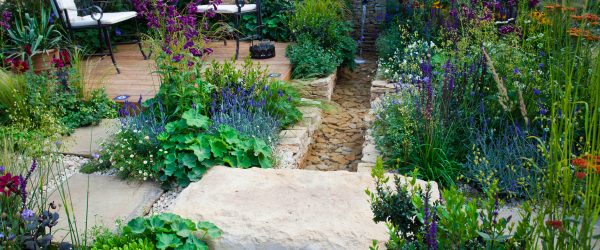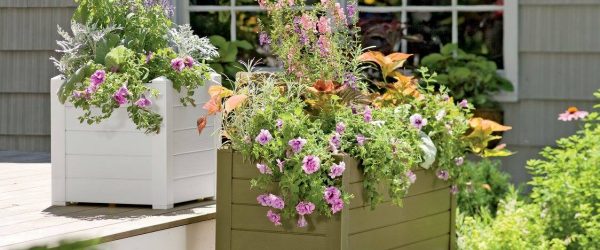Sustainable Landscaping (Xeriscape)
As a homeowner in Denver, you might struggle to spruce up your landscape with plants and other vegetation as the region experiences a semi-arid, high-desert climate. Fortunately, xeriscape landscape design allows you to make your outdoor space stunning with limited water and effort. Typically, xeriscape allows you to utilize native and non-native drought-tolerant plant species to create a lovely, unique, and low-maintenance outdoor space.
At Sparrow Grow, we are here to help homeowners in Denver and surrounding areas enhance the aesthetic of their outdoor space with sustainable landscape solutions. We are experts in xeriscaping, ensuring we meet and exceed our client’s expectations with innovative designs and quality services. Below is everything you need to know about xeriscaping, including how it can benefit you and the steps to implement it effectively.

Principles of Xeriscaping
Below are the three main principles of xeriscaping.
1. Water conservation through efficient irrigation methods
Some of the irrigation methods that can help you conserve water include:
- Drip irrigation systems: Drip irrigation is known for its water economy and efficiency. This system applies water directly and slowly to the plant roots where it is required most. This minimizes water waste through evaporation and runoff.
- Use of native plants that require less water: Native plants or vegetation adapt to dry climates and thus can survive well with little added irrigation. Some of Denver’s drought-tolerant native plant species ideal for xeriscape include wine cups, milkweed, yellow nipple cactus, prickly pear, Indian rice grass, silvery leadplant, and gamble oak.
2. Soil improvement and erosion control techniques
Soil plays a vital role in nourishing and supporting plant growth. Some of the ways to improve soil and control erosion include:
- Mulching to retain moisture and prevent erosion: Mulching involves covering the topsoil with plant materials such as leaves, crop residues, grass, and dried weeds. These mulch materials safeguard the soil from heavy raindrops and strong winds, maintain soil moisture, and slow runoff velocity, ultimately controlling erosion.
- Composting and soil amendment to enhance soil health: Compost adds nutrients and nitrogen to the soil, improving its physical, biological, and chemical properties.
3. Reduction of chemical use
You can reduce the use of chemicals in your xeriscape landscape design through:
- Natural pest control methods: Examples of biological or natural pest control methods include using nematodes, microbial control, handpicking pests and unwanted herbs, and IPM strategies.
- Limiting or eliminating the use of synthetic fertilizers and pesticides. While they may initially have a positive impact, they have a long-term negative impact on the environment and human health. Sustainable alternatives for pesticides and fertilizers include organic farming and adopting IPM strategies.
Benefits of Xeriscaping
Some of the main benefits of xeriscaping include:
- Water savings and reduced water bills: Xeriscaping utilizes drought-resistant plants and efficient irrigation methods, which help conserve water and minimize water bills.
- Lower maintenance requirements: Xeriscaping involves less mowing, trimming, and weeding and a decreased need for fertilizer and pesticides. This results in lower maintenance requirements, which also saves time, resources, and effort.
- Environmental benefits. Xeriscaping helps conserve water resources, which is beneficial to the environment. Having a low-maintenance garden also reduces air pollution from lawnmower emissions while conserving energy.
Our Process
Site analysis and assessment
The first step is to evaluate soil type and drainage. This includes conducting a soil analysis to determine the soil type and whether it adequately absorbs water and holds nutrients. We then analyze the sun exposure and microclimates to identify regions with different conditions.
Choosing appropriate plants
Understanding the microclimates allows us to easily choose appropriate native or drought-tolerant plant species and design the landscape effectively. When designing the landscape, we consider plant spacing and grouping for efficient water use.
Hardscape and pathway design
Hardscape and pathway design involves creating permeable surfaces to promote water filtration. Finally, we design an effective drainage system to reduce the risk of flooding and erosion.
Featured Image Credit: Kathryn Roach/Shutterstock
Sparrow Grow: Your Partner in Sustainable Landscaping Solutions
CALL US!
We offer a complimentary yard consult
to see how we can help.








